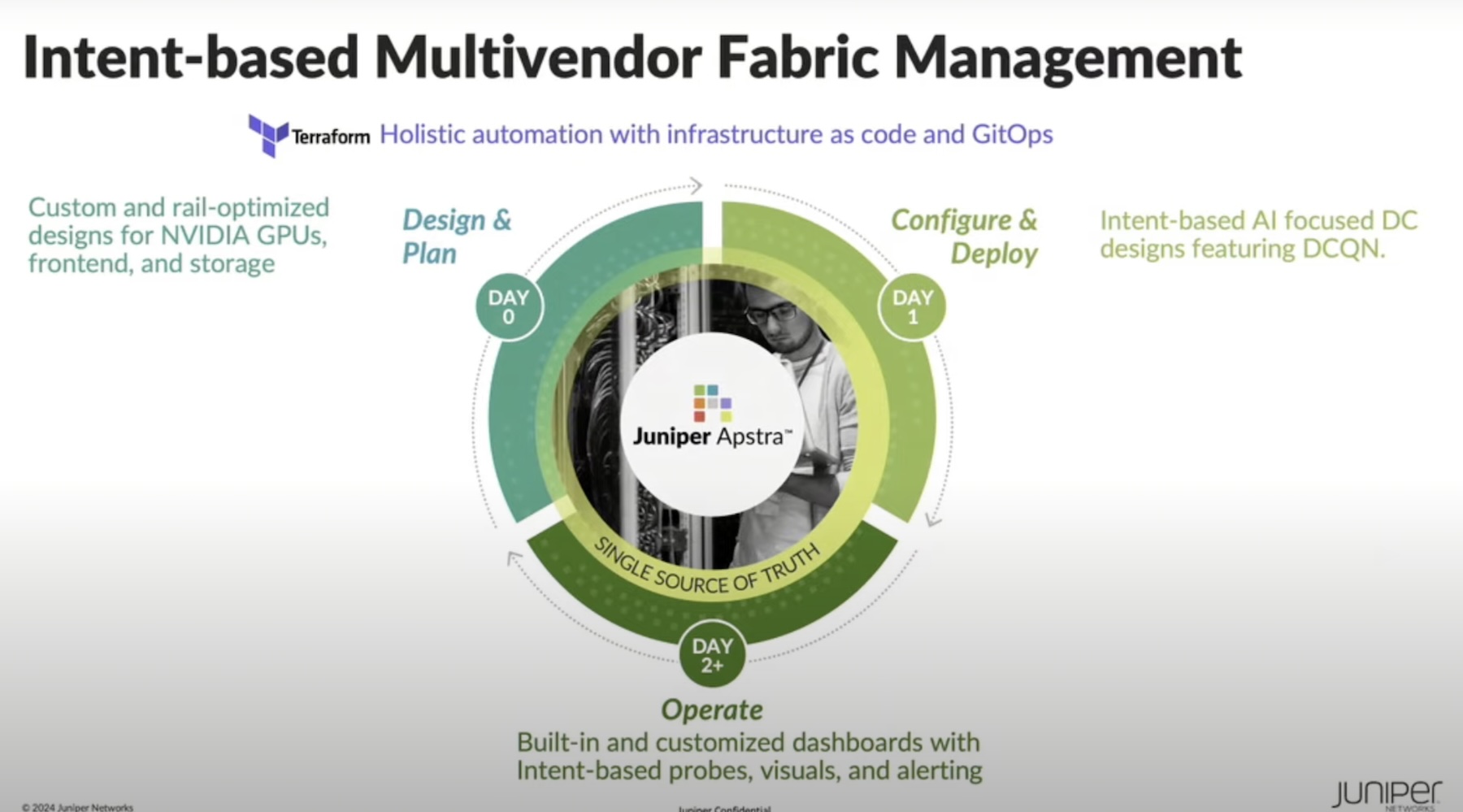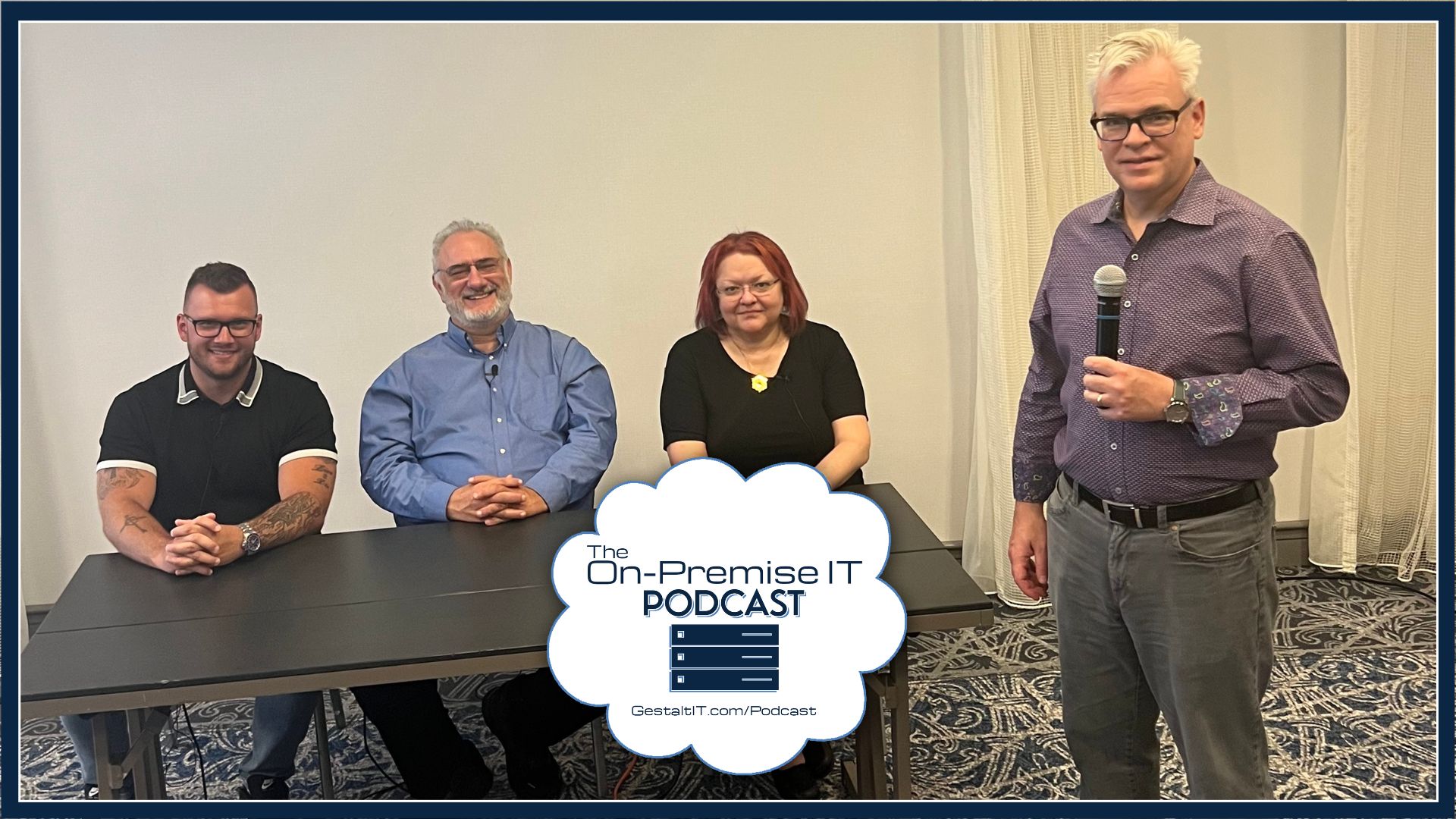I remember the first time I tried Google’s 411 service, it kind of seemed like a miracle. Before I had a constantly connected computer on me at all times, free 411 service seemed supremely powerful. But beyond the utility, Google’s 411 used something pretty novel in the early 2000s, computer voice recognition. It’s easy to forget now, when we’re surround by a bevy of virtual assistants of varying utility, but the pace of voice recognition from then has been staggering.
The rise of the virtual assistant points to the important element that’s been added to voice recognition, artificial intelligence. This is really what can turn it from a minor convenience, into something that can shape lives and businesses. That’s what Next IT is banking on.
Next IT has been around this space for a while. While Apple was focusing on iPods and Siri was just a gleam in Dag Kittlaus’ eye, Next IT got its origins. Back in 2002, they were working with the US government to emulate conversations on IRC attempting to identify terrorists. This isn’t their first rodeo.
Their focus now is really interesting. Next IT previously was in the business of building custom chat AI’s for individual implementations. As their business grew, they used this expertise to build a complete platform around it. They now offer their Alme platform to enterprise customers.
Alme essentially works from text inputs. This can be translated over from speech, or directly input via a chat interface. The great thing about it is it works where an enterprise needs it, not forcing a change in behaivor. It has integrations with two of the more popular chat and virtual assistant services, Amazon’s Voice Services and Facebook Messenger. I image they’re rapidly looking to expand where customer demand is strong, but it’s a solid basis for the Alme as is.
Compared to something like Siri, conversations with the Alme platform is much more focused. This is perhaps a little limiting in that you can’t ask it to tell you jokes, but that focus allows for much deeper interactions. Since this is generally a customer facing product, the goal is to move toward issue resolution. When used for internal facing services like HR or IT management, this essentially becomes a self-help tool.
Hearing about this from Next IT, it was pretty interesting. I have to admit enterprise bots and AI are fairly new to me. I understood how the Alme platform worked and could see the obvious benefit. But I was curious about how a business actually got started with using it. When a business contacts Next IT with a specific business chat application that they want to create, Next IT begins looking at how they historically engage around that specific workflow. To do this, they gather conversations over phone, chat, and email, running this data through analysis tools. From this, they identify phrase sets, concepts and recognize specific intents within conversational flows.
After the analysis (about 10-14 days), they identify the best use cases for the business, and begin planning an integration with the organization. This can either be hosted by Next IT or on-prem. They can have this implemented with a quick skill set within 90-days. However, they did advise for a more robust assistant conversation, it will take a number of months to make sure it has access to a broad enough library of resources.
I asked Next IT about the rise of consumer virtual assistants. I was curious how they saw this, given that their history proceeded the entry of Apple, Google, and Amazon. Perhaps this diluted them market? Instead, Next IT sees this as helping them. By familiarizing consumers with the idea of conversational bots and AI, it makes the job of showing the benefit of the Alme platform that much easier to CTOs. I thought it was a really interesting attitude, where it would be easier to simply disparage these less focused products, they saw it as free marketing!
Next IT’s Alme platform is essentially AI as a service, which I think is incredibly fun. I would love to get some ROI numbers on some of their deployments. They’re seeing adoption across travel, insurance, IT, and HR verticals, all of which make sense. The time alone involved to get this up and running shows that this isn’t a simple coat of paint on a phone tree that’s been slapped into a chat app. Instead, they’re building meaningful integrations with data to make these assistant truly meaningful. That’s why I bring up ROI, you could actually automate a number of different common processes with something like this, reducing a lot of human resource cost, albeit at the expense to license their platform. In a world where the hottest startups are around messaging, Next IT might not be the new kid of the block, but they’ve got some exciting implications nonetheless.




